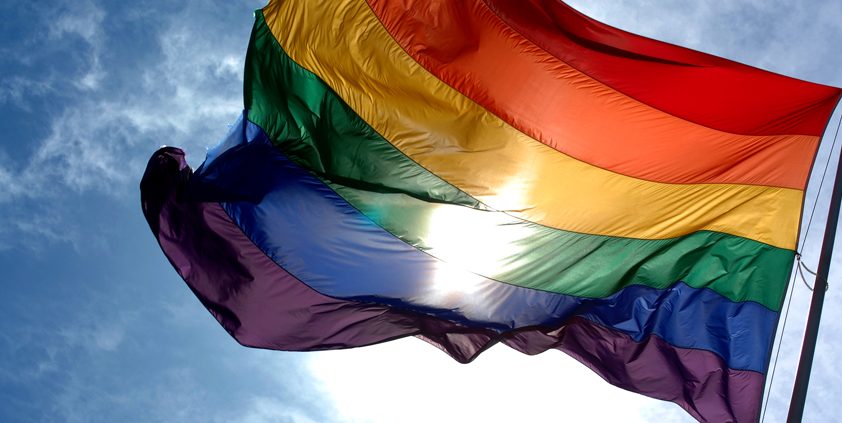Opinion: How PR campaigns should represent the LGBTQ community
This Pride month, Jeff Ingold, account manager at W Communications, walks us through the “dos” and “don’ts” for representing and engaging the LGBTQ community in PR campaigns.

Jeff Ingold
Each year, the LGBTQ community watches as more and more companies “come out” in support of Pride events and launch campaigns that celebrate diversity and inclusion.
From Burger King’s “Proud Whopper” to Lloyds Bank’s “He Said Yes” TV ad, it’s quite remarkable to see how brands are increasingly recognising the significance of representing the LGBTQ community in their work.
However, we’ve also witnessed numerous businesses like Abercrombie & Fitch and Skittles stumble in their attempts to honour LGBTQ pride.
At its best, diversity comms can genuinely move the dial on a brand’s reputation and bottom line. But at worst, it risks tokenising minority communities and provoking a fierce customer backlash. For PR companies looking to engage with the LGBTQ community, here are three key things to think about.
“LGB… what’s the rest of it?”
If you want to tackle diversity PR and communications, the first step is to understand the differences between each identity. Knowing your audience is essential.
To clarify, T is for transgender. Not transsexual, transvestite or tranny (which I’ve often heard used by the less informed). This is important because brands and agencies still struggle to represent and communicate with the LGBTQ community beyond simply the ‘LG’. Just think, how many campaigns this year featured a bisexual or trans- person?
The consumers we are trying to reach are increasingly diverse and multicultural. It’s our job as communicators to understand these shifting demographics and deliver innovative creative work.
Plan beyond Pride
Of course, Pride is the natural time to activate an LGBTQ campaign with media and consumers. But such one-off, annual initiatives can actually risk alienating a community that wants to be authentically engaged by brands throughout the year – not just in June.
Campaigns like Lynx’s admirable Find Your Magic incorporate diversity and queerness from the outset, rather than being bolted on in June to tick the “Pride” box.
We in the LGBTQ community know brands want our money and so we’ve been raising our expectations. We want to see companies being loud and proud year-round, not just during Pride. We want our everyday experiences represented – not stereotypes.
Finally, take care of your own workforce
To be truly effective at LGBT and diversity communications, agencies and organisations need to take steps to ensure they are an inclusive employer. This means creating a workspace that is safe for LGBTQ people to come out and be themselves.
Whether that’s by starting an in-house LGBTQ network or encouraging employees to join broader industry initiatives like InterComms, it’s important to take steps to actively support LGBTQ individuals in the workplace. A “proud” workforce will deliver more sincere and heartfelt work that will resonate with the broader LGBTQ community.






